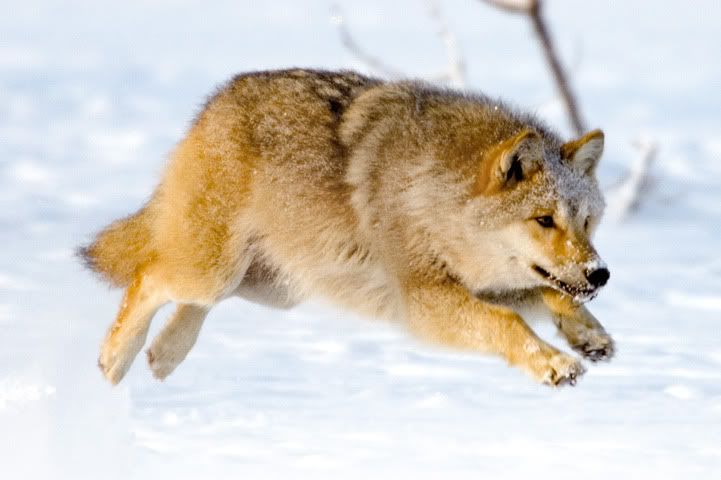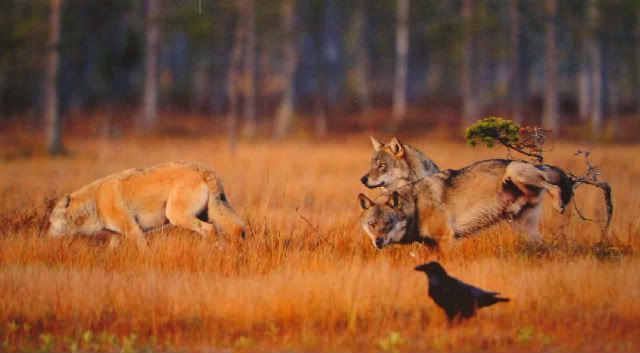
|

|
|
|||||||
| Breeding Information about breeding, selection, litters.... |
|
|
Thread Tools | Display Modes |

|

|
|
|||||||
| Breeding Information about breeding, selection, litters.... |
|
|
Thread Tools | Display Modes |
|
|
#14 | |
|
Junior Member
Join Date: Oct 2010
Location: Finland
Posts: 66
|
Quote:
Here are two sites that explain it all more spesificly: http://abnormality.purpleflowers.net...cs/pigment.htm and http://abnormality.purpleflowers.net/genetics/liver.htm Eumelanin affects skin aswell as hair, but pheomelanin only affects hair. Some exceptionally reddish wolves do exist, but they always have black skin pigmentation (nose, lips, nails etc), that shows it is only more "pheomelanistic" individual than usual. Here are a couple of pics by photographer Lassi Rautiainen. They are wild Finnish wolves. Wolves of this color are found more frequently in eastern Finland and in Russia. As you can see, they still have black pigmentation and black hair tips allthough their coat is overall more pheomelanistic.   But whenever a canine has also brown skin pigmentation, it must be genotyped bb. German Shepherds have brown/liver (bb), allthough it is disqualifying trait due to the standard aswell as white (ee) and blue (dd). http://www.4gsd.net/colours.html It is possible for all breeds that are derived from GSD, to carry these genes. But like someone allready said, it would be likely to have happened more often in CsV allready, if they would have had the brown (bb) gene in them from the beginning. So it is more realistic to think that it derives from alot more recent heritage; propably from last decades mixing with Saarloos. Last edited by Jennin Lauma; 02-06-2011 at 04:07. |
|
|
|

|
| Thread Tools | |
| Display Modes | |
|
|